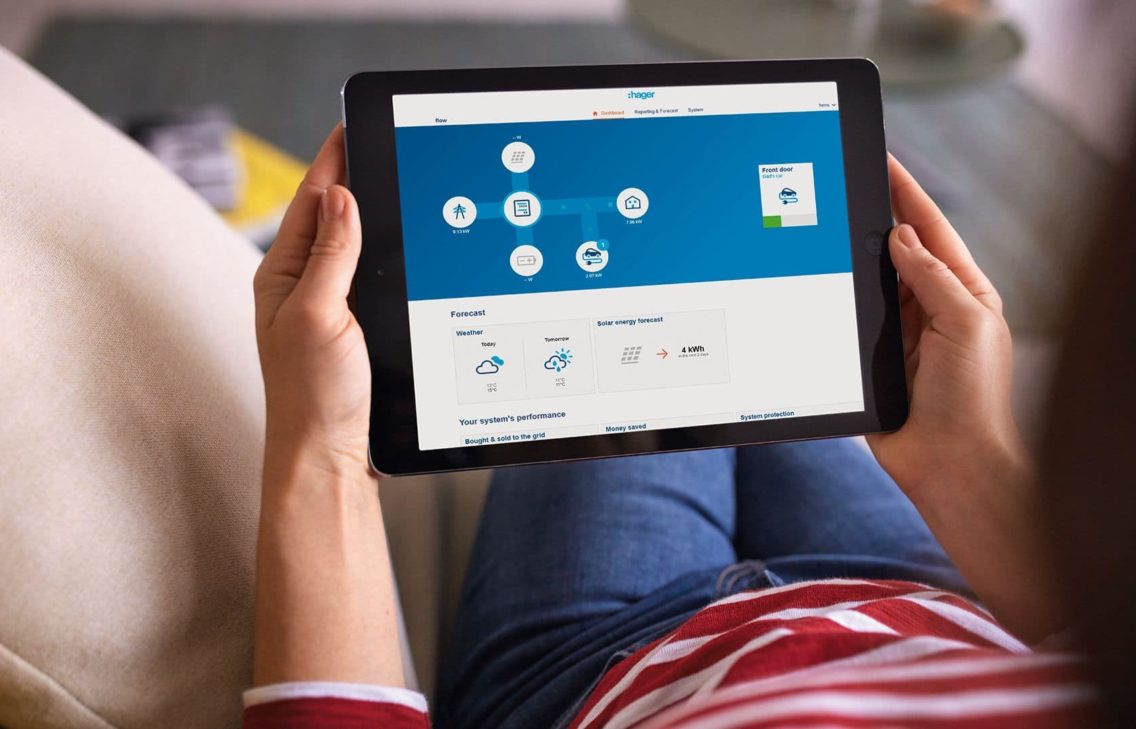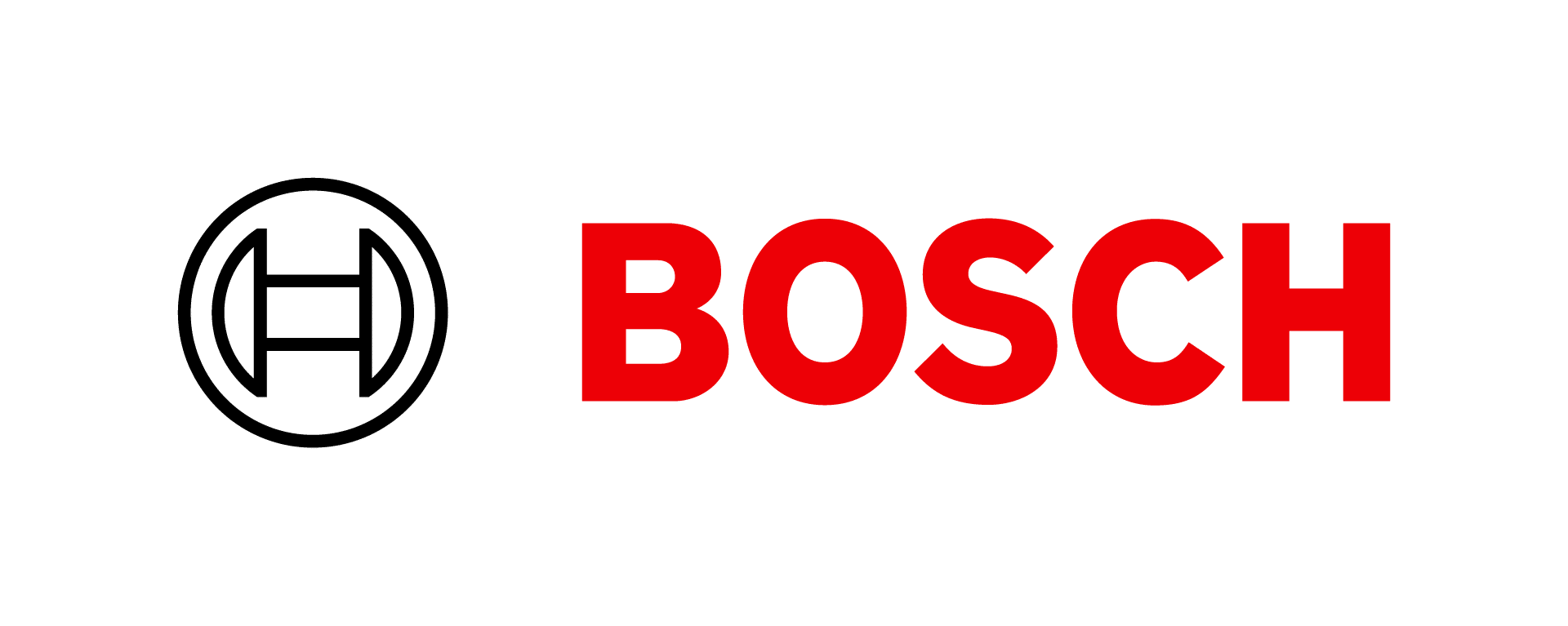Electric mobility: new challenges arise
The rise of electric mobility seriously challenges the energy grid. Owners of an electric vehicle do not even have to leave their house to witness it: With their large batteries and their thirst for electricity, electric cars demand a lot from the charging infrastructure at home. This calls for solutions that are able to intelligently manage the energy requirements.
“Car manufacturers are very much aware that smart solutions are needed to cope with the huge energy requirements of electric cars”, says Mathieu Creteau, Lead Software Architect at the Hager Group. The electricals company recently developed a home energy management system for Audi to better integrate Audi’s e-tron electric car within a smart home infrastructure.
Intelligent home energy management
The solution developed by Hager functions as a control system that manages the electrical energy within a building and ensures that it is distributed safely. The system revolves around two main use cases: protecting against overload and coordinating the EV charging process.
Overload protection is pretty straightforward: Electrical installations in houses normally come with a load limit that cannot be exceeded; otherwise the fuse blows. Putting an electric car into the mix means adding a device that can draw a lot of power at once. This gives rise to a need for intelligently managing network loads. “You still want to use your dishwasher, your dryer and other electrical devices,” Creteau says. “By managing the energy flow, our system ensures that everything works in parallel. Users can set load limits so that they’re still able to use other devices in their home while charging the car.”
Hager Group
Hager is a leading provider of solutions and services for electrical installations in residential, commercial, and industrial buildings. For a few years now, the company has been developing solutions for energy management and e-mobility management – for example, charging stations.

The second use case is coordinated vehicle charging, which is all about finding the optimal process for recharging the car. “Electricity prices fluctuate during the day,” Creteau explains. “Users of our home energy management system can benefit from that. Thanks to our system, the car is automatically charged during periods when electricity costs less.”
What does this look like in practice? Imagine somebody comes home after work and wants his car to be charged by 8 a.m. the next day. This preference can be set in the car or at the charging station. The home energy management system then tries to find the optimal way to charge the car until that time.
If the car owner’s property is fitted with a photovoltaic system, this can also be taken into account. In this case, Hager’s home energy management system can give preferential treatment to the electricity that the photovoltaic system generates, thereby making the charging process affordable and environmentally friendly. “Our system not only draws upon the forecast periods of sunshine – and therefore the anticipated energy production by the photovoltaic system – but also the current flow of electricity to the building,” Creteau says.
Home energy management: Where standards come into play
To implement this solution, Hager could count on the support of Bosch. The Bosch IoT Gateway Software plays an integral role: it provides connectivity between the different devices for which the home energy management system functions as a control center – from the photovoltaic system to the charging station and the car.
Support for OSGi and the EEBUS specifications were key considerations for Hager in choosing the Bosch IoT Gateway Software. OSGi simplifies development processes thanks to its modular structure. Applications are split into bundles, which make it possible to easily share services across different applications. This came in handy when Hager was developing its home energy management system, as Creteau explains: “We had worked on other projects related to energy management before, where OSGi gateways were used. Because of these projects, we already had a solution in place that communicates with photovoltaic systems; it’s called Hager Energy. We wanted to build upon this core solution for our new home energy management system. OSGi allowed us to quickly port the existing functionalities to the new system.”
What Hager lacked, was support for the EEBUS specification. This standard, set by an association of more than 70 companies, defines a common language which makes devices of different vendors interoperable with each other. In the context of Hager’s solution, the EEBUS specification ensures that the photovoltaic system and the charging station are able to communicate with each other without interference. The Bosch IoT Gateway Software supports EEBUS, and therefore Bosch was able to provide Hager with the needed EEBUS libraries and the implementation of the e-mobility use cases. These standardized use cases are also part of the EEBUS specification and define the core functionality of the home energy management system described above.
In addition, Hager is making use of the device abstraction layer of the Bosch IoT Gateway Software. It enables applications to access and manipulate device properties without having to know anything about the underlying protocol. “Our application is managing various devices – be it Modbus, KNX or EEBus devices,” Creteau says. “Thanks to the device abstraction layer, all of them can be managed in the same way. This makes it easier for the applications to cope with the diversity in protocols. It also allows you to switch out a protocol without having a huge impact on the applications themselves.”
IoT edge & analytics
We extended the IoT edge and analytics capabilities of Bosch IoT Suite. In the wake of this we renamed Bosch IoT Gateway Software to Bosch IoT Edge Services, which are accompanied by Bosch IoT Edge Agent.

What the future holds
Hager is currently polishing the application, improving performance and running tests under real-life conditions. Looking toward the future, the company is considering the addition of new features to the home energy management system. “One of these might be support for multiple charging stations at a time,” Creteau says. “Another idea is to provide tighter integration with home heating or energy storage solutions.”
Additionally, Hager is looking to integrate device management to enable device monitoring and optimize maintenance tasks. Consequently, the company is turning toward the Bosch IoT Remote Manager. “Our goal is to implement device management and fleet management into all our connected devices. We’ve already started to use the Bosch IoT Remote Manager in various projects of ours.”
